Whiskey Cocktails Wall Art & Canvas Prints
Whiskey Cocktails Wall Art & Canvas Prints
Couldn't load pickup availability
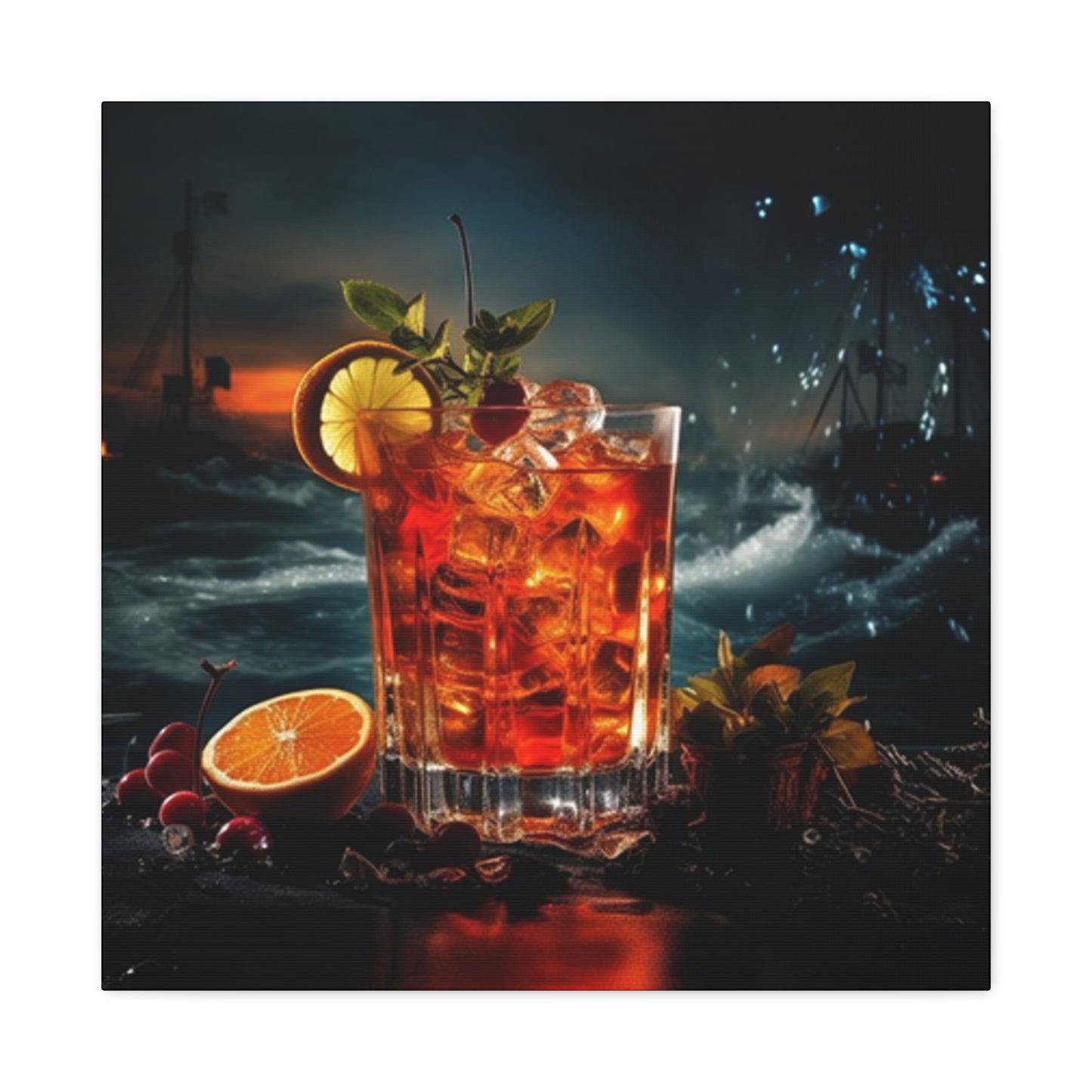

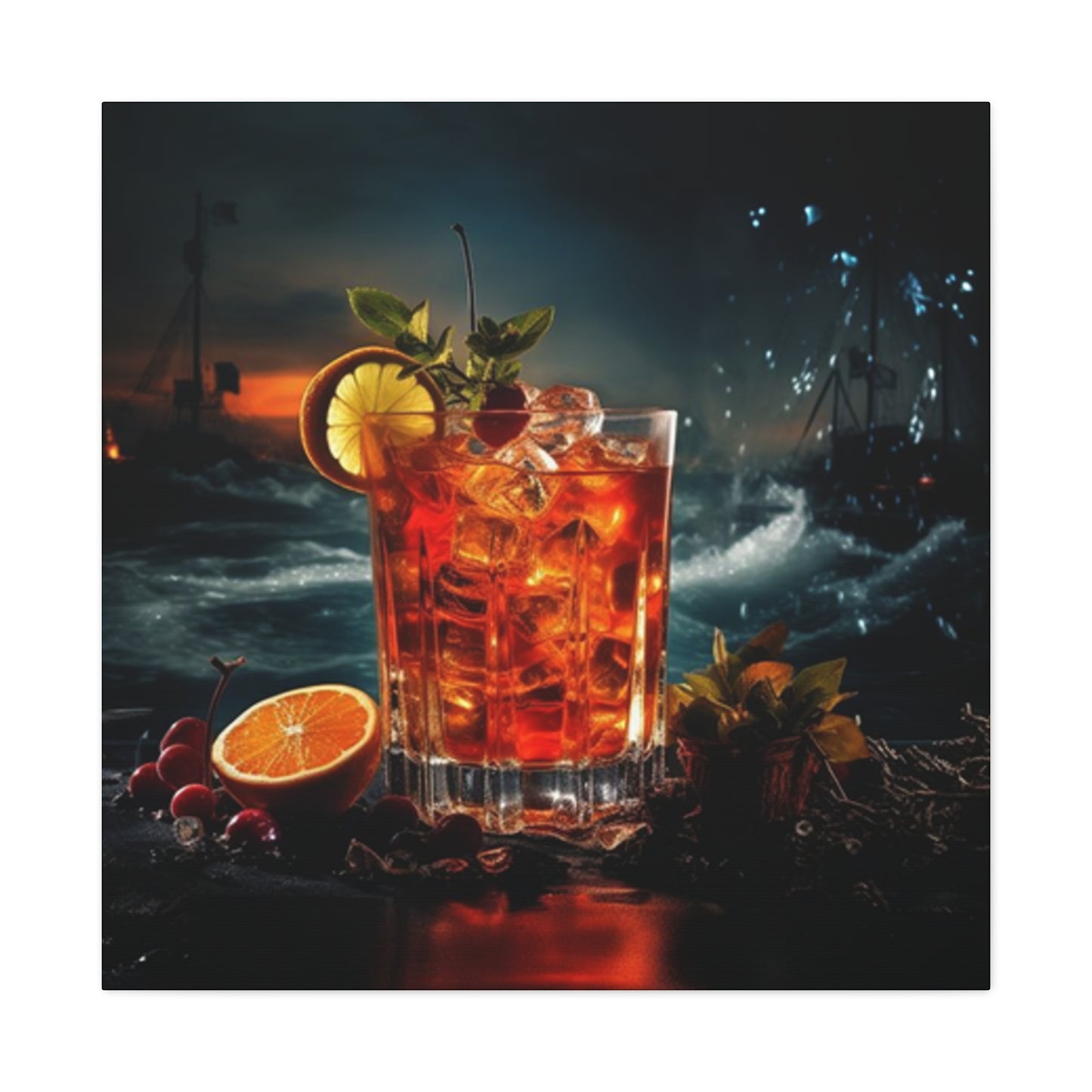
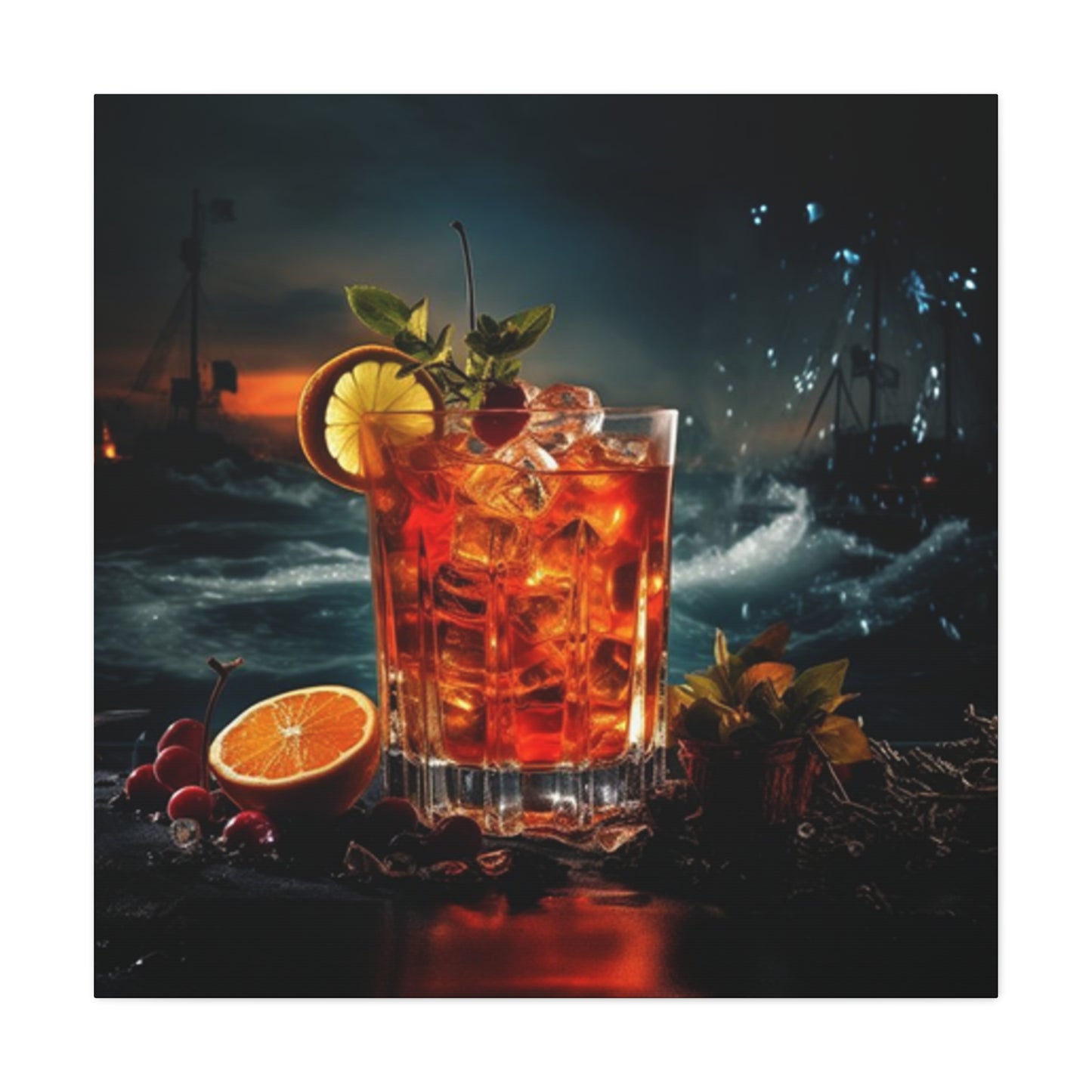
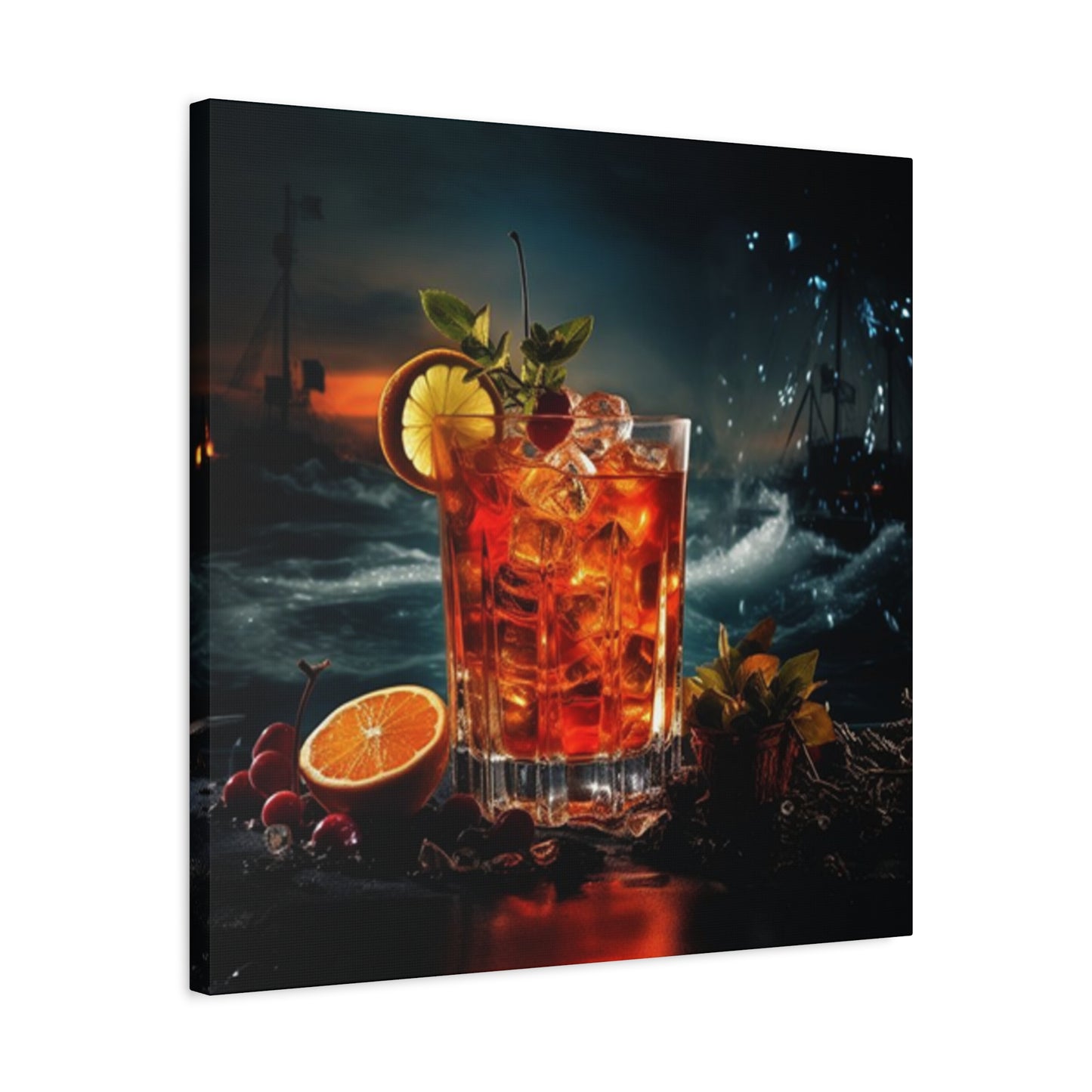


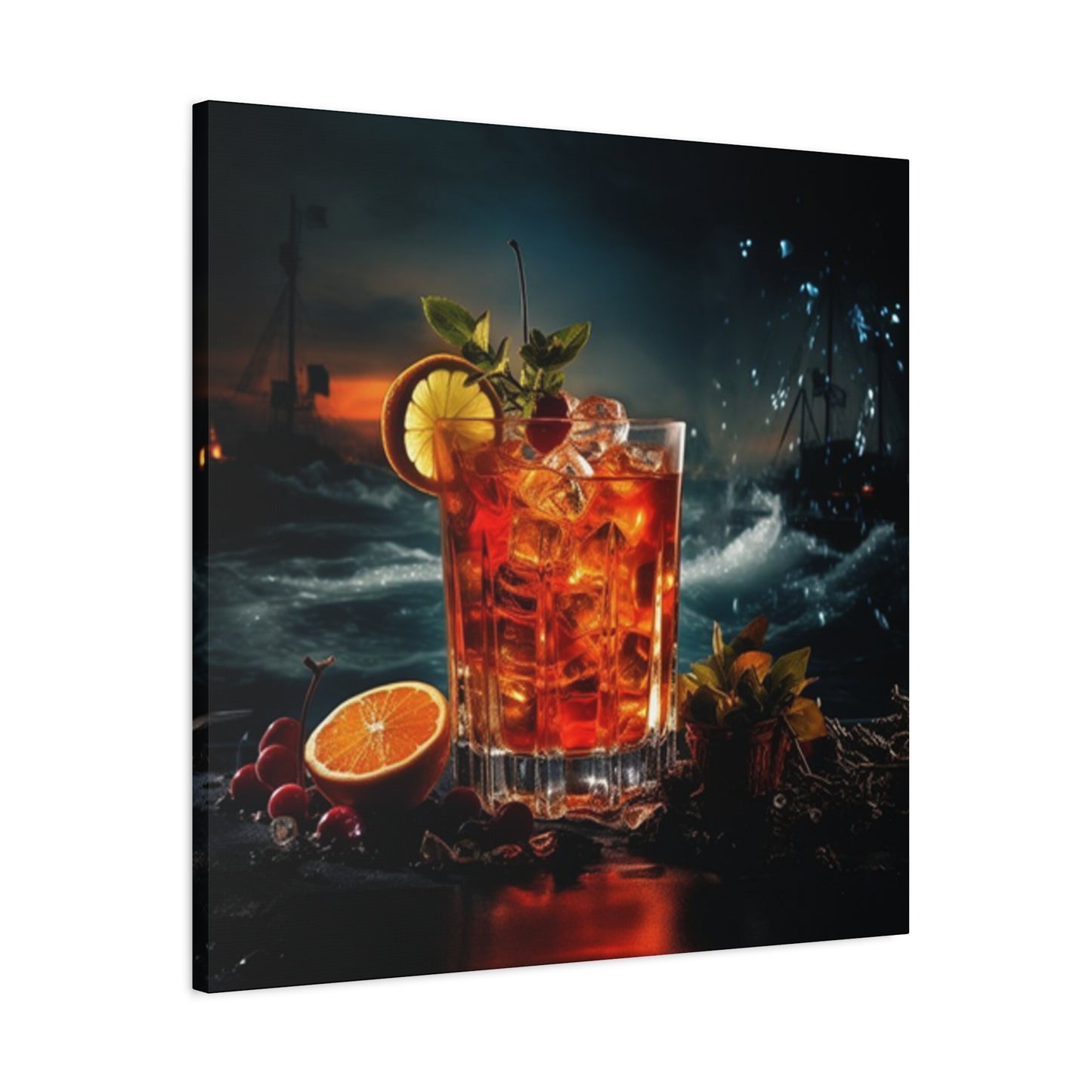
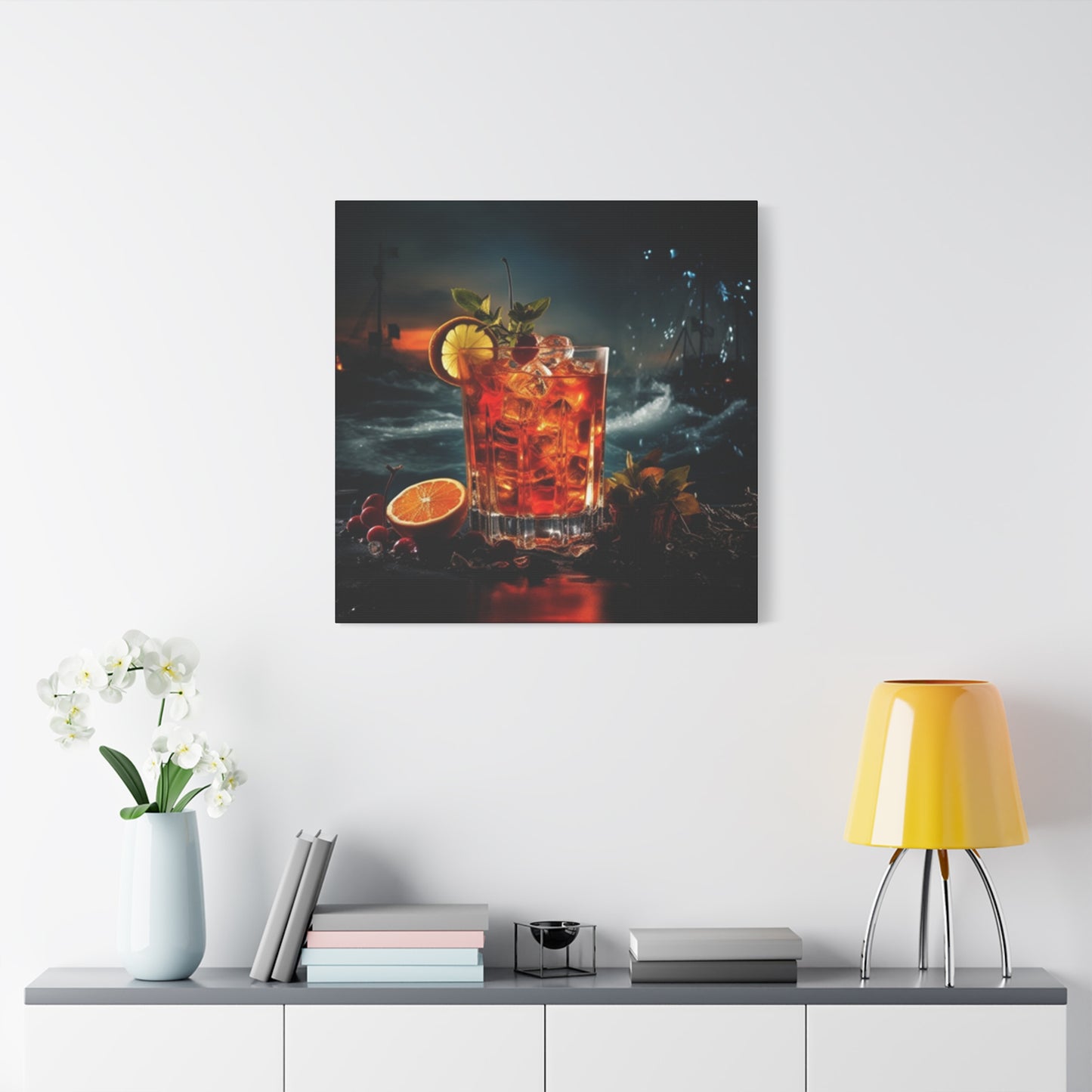
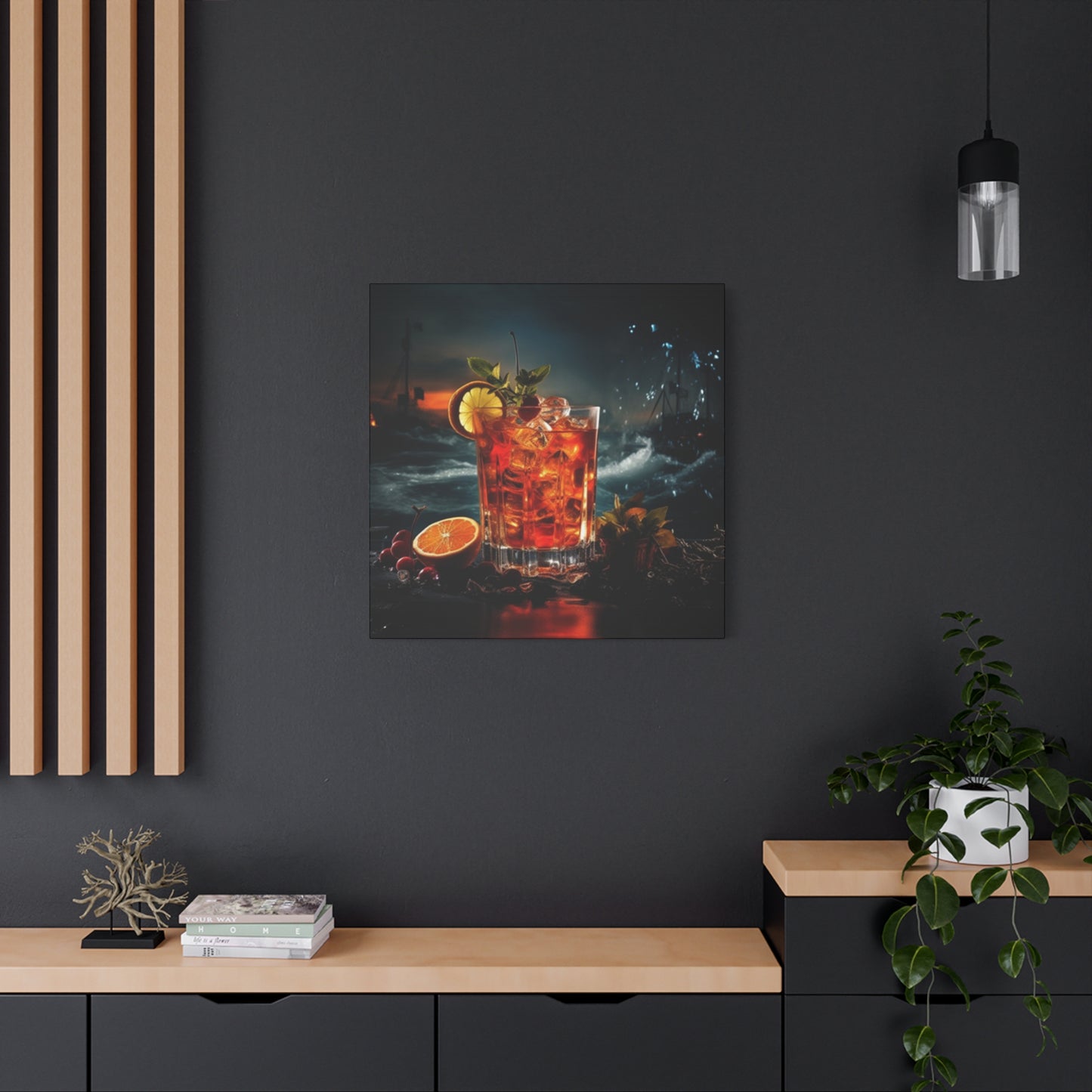
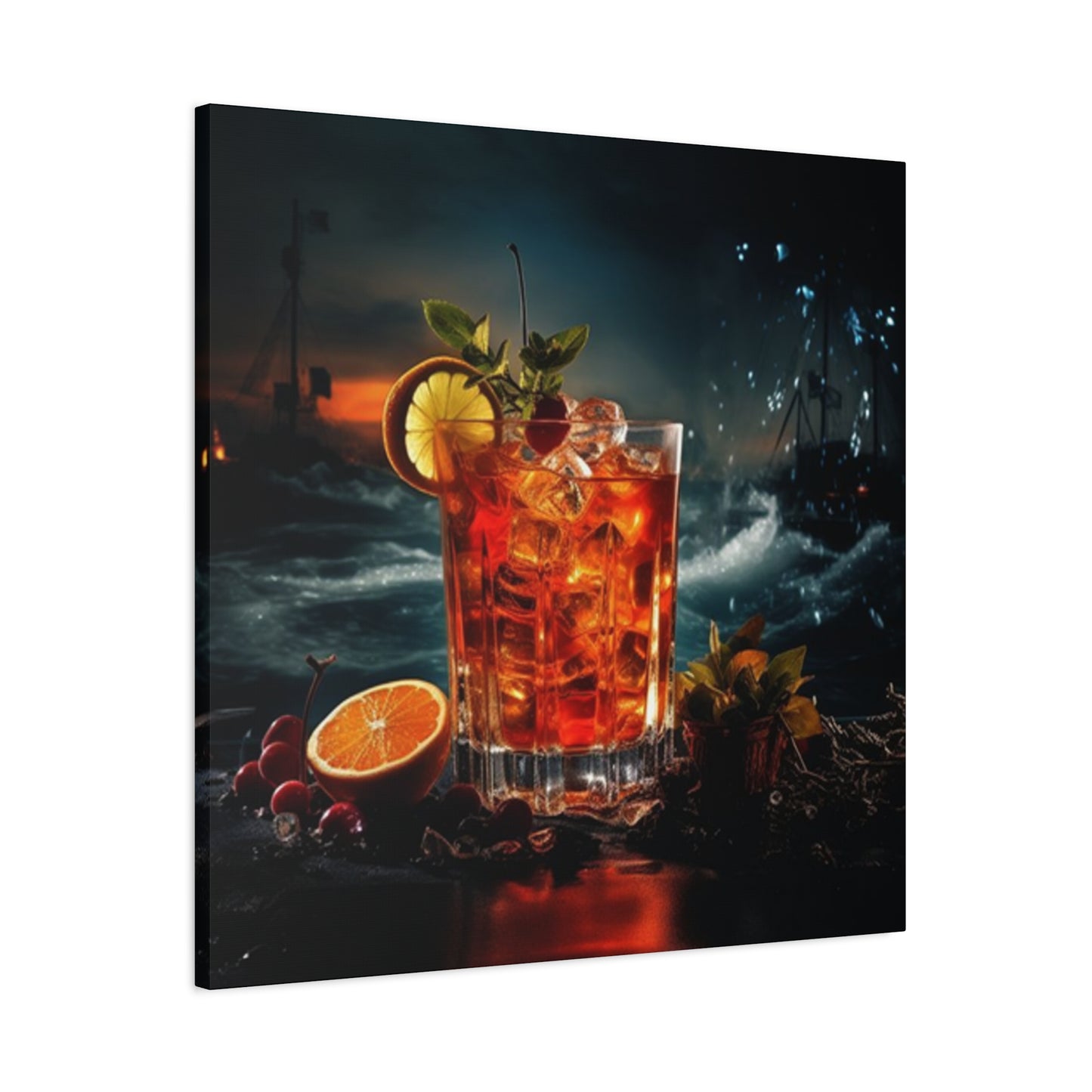



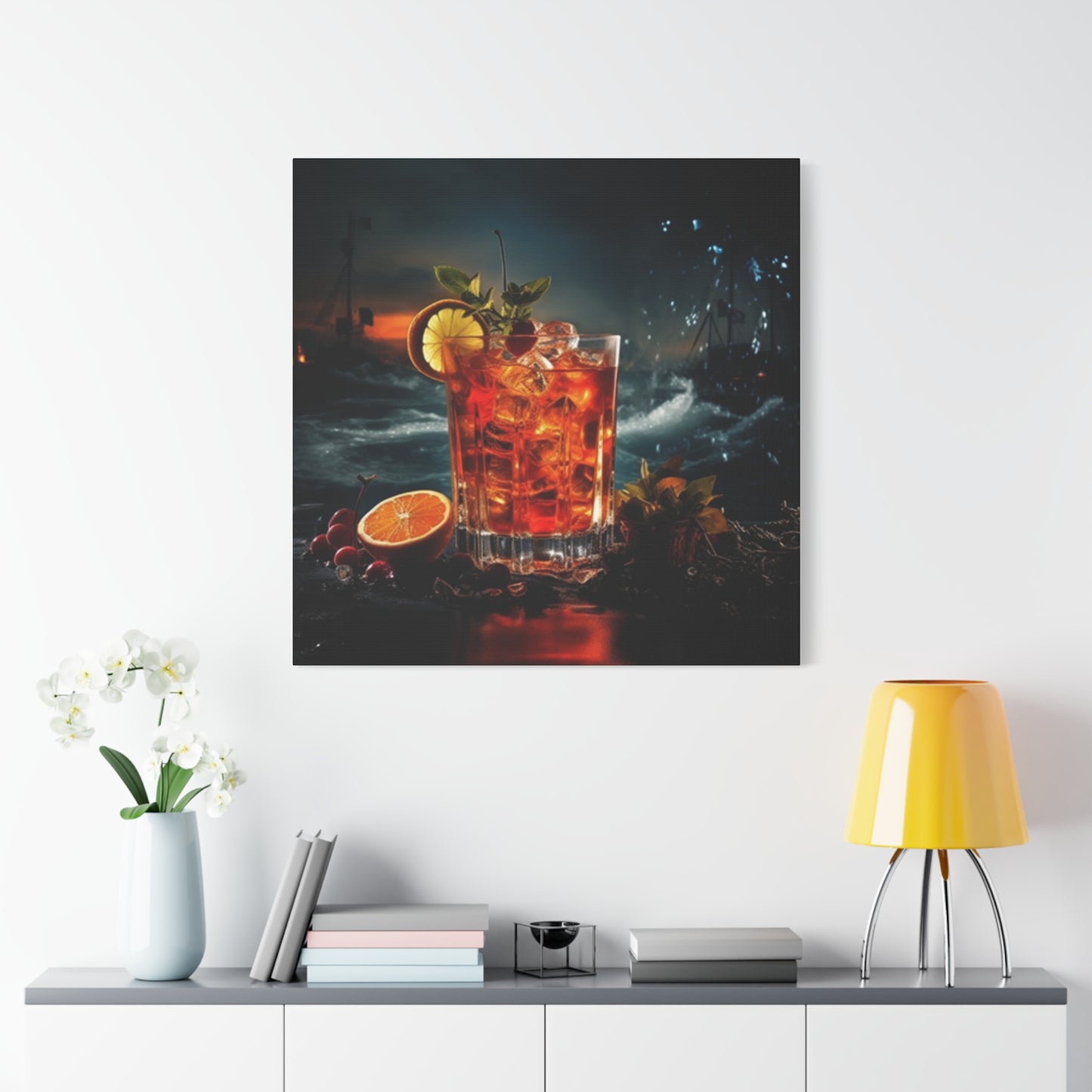

Elevate Your Interior: Whiskey Cocktails Wall Art That Speaks to Your Soul
The world of interior design has witnessed a remarkable surge in themed decorative elements that reflect personal passions and lifestyle choices. Among these trending aesthetic movements, whiskey cocktails wall art has emerged as a sophisticated way to infuse character, warmth, and conversational appeal into living spaces. This art form transcends mere decoration, becoming a statement piece that celebrates the rich heritage, craftsmanship, and cultural significance of whiskey and mixology.
Whether you're a seasoned whiskey enthusiast, an amateur mixologist, or simply someone who appreciates the aesthetic beauty of well-crafted beverages, incorporating artwork that celebrates classic and contemporary whiskey cocktails can transform ordinary rooms into extraordinary spaces. This exploration delves deep into the multifaceted world of whiskey-themed artwork, examining how these pieces can enhance various environments, complement different design styles, and create atmospheres that resonate with both residents and guests.
From understanding the historical context of whiskey in art to exploring practical display techniques, from selecting the right frames to coordinating colors and themes, this comprehensive examination covers every aspect of integrating whiskey cocktails wall art into your home. We'll explore how these pieces function not just as decorative elements but as cultural artifacts that tell stories, spark conversations, and create memorable experiences in your personal spaces.
Bringing Whiskey Cocktails Artwork Into Your Living Environment
Integrating whiskey-inspired artwork into your home requires thoughtful consideration of multiple factors, including room function, existing decor, lighting conditions, and personal taste. The beauty of this particular art genre lies in its versatility—it can adapt to various design philosophies while maintaining its distinctive character and appeal.
When selecting pieces for your space, consider the narrative you want to create. Are you drawn to the golden-age glamour of prohibition-era cocktail culture, or do you prefer the sleek minimalism of contemporary mixology? Perhaps you're captivated by the scientific precision of craft cocktail preparation, or maybe the rustic charm of traditional distillery imagery speaks to your sensibilities. Each approach offers unique visual opportunities and emotional resonances.
The placement of whiskey cocktails artwork should feel intentional rather than arbitrary. Consider the sightlines within your rooms—where do your eyes naturally travel when you enter a space? These prime visual real estate locations are ideal for statement pieces. However, don't overlook the power of unexpected placements that can create delightful surprises, such as a small vintage cocktail print in a powder room or a series of recipe illustrations in a hallway leading to your entertainment areas.
Scale plays a crucial role in achieving visual balance. A large-scale piece depicting a classic Old Fashioned with meticulously rendered orange peel and ice crystals can serve as a focal point above a sideboard or bar cart. Conversely, a gallery wall featuring multiple smaller prints showcasing different whiskey cocktails creates visual interest through repetition and variety, telling a more comprehensive story about the diversity of whiskey-based drinks.
Color coordination between your artwork and existing decor elements creates cohesion without requiring exact matches. The warm amber tones inherent in whiskey imagery naturally complement wood furnishings, leather upholstery, and metallic accents commonly found in sophisticated interiors. These pieces can either harmonize with your existing color palette or provide intentional contrast that energizes the space.
Texture considerations extend beyond the artwork itself to include the surfaces on which they're displayed. A smooth, glossy print might contrast beautifully with exposed brick walls, while a canvas with visible brushstrokes could complement textured wallpaper or fabric wall treatments. These layered textural relationships add depth and sophistication to your overall design scheme.
Lighting dramatically affects how whiskey cocktails artwork is perceived and appreciated. Natural light can illuminate the golden hues and rich browns typical of whiskey imagery during daylight hours, while strategically placed accent lighting can create dramatic effects during evening entertaining. Picture lights, track lighting, or even nearby table lamps can be positioned to highlight specific pieces and create the ambiance you desire.
The emotional atmosphere created by whiskey-themed artwork extends beyond visual appeal. These pieces evoke feelings of relaxation, sophistication, celebration, and conviviality—qualities that enhance social spaces and create welcoming environments. When guests encounter thoughtfully displayed whiskey art, they receive subtle cues about the type of experience they can expect in your home: refined, cultured, and pleasantly indulgent.
Seasonal considerations can also influence how you approach whiskey cocktails artwork. While these pieces typically have year-round appeal, certain cocktails and presentation styles resonate differently across seasons. Warming cocktails like Hot Toddies or Irish Coffee might feel particularly appropriate during colder months, while highballs and whiskey-based refreshers align with summer entertaining.
Personal connection to the artwork elevates it from mere decoration to meaningful expression. Perhaps you have fond memories associated with a particular cocktail, or you've visited distilleries depicted in landscape pieces. These personal associations create authentic stories you can share with guests, transforming wall art into conversation catalysts that deepen social connections.
Creating the Ideal Accent: Artwork Featuring Whiskey Cocktails for Private Bar Areas
Home bars have evolved from simple liquor storage solutions into sophisticated entertainment centers that reflect personal style and hospitality values. The right artwork transforms these functional spaces into destinations within your home—places where friends naturally gather, conversations flow freely, and memorable moments unfold.
Whiskey cocktails artwork serves multiple purposes in bar areas beyond aesthetic enhancement. These pieces can function as visual menus, subtly suggesting drink options to guests without the formality of printed menus. A beautifully rendered Manhattan might inspire someone to request that classic cocktail, while an artistic interpretation of a Whiskey Sour could spark curiosity about variations and preparation techniques.
The educational dimension of cocktail artwork adds intellectual engagement to your bar area. Pieces that illustrate recipes, ingredients, or preparation techniques invite guests to learn about mixology while socializing. This educational component transforms your bar from a passive service area into an interactive experience where people feel encouraged to explore, ask questions, and expand their beverage knowledge.
Scale considerations become particularly important in bar settings, where visual impact must compete with bottles, glassware, and other bar accessories. Large statement pieces can anchor the space and prevent it from feeling cluttered despite the necessary functional elements. Alternatively, a carefully curated collection of smaller pieces can create a gallery-like atmosphere that elevates the entire bar area.
Durability and maintenance factors deserve attention when selecting artwork for bar environments. These spaces experience higher humidity levels from ice, spilled liquids, and general beverage preparation activities. Selecting pieces with appropriate protective finishes, sealed frames, or materials resistant to moisture ensures your investment remains beautiful despite the practical realities of bar use.
The architectural features of your bar area influence artwork selection and placement. Backsplashes, shelving configurations, and bar height all create parameters within which your artwork must work. Rather than viewing these as limitations, consider them design opportunities that can inspire creative solutions, such as vertical arrangements that draw the eye upward or horizontal groupings that emphasize the bar's length.
Lighting in bar areas typically differs from ambient room lighting, often featuring focused task lighting for preparation areas and softer accent lighting for ambiance. Your whiskey cocktails artwork should be positioned to benefit from existing lighting schemes or inspire new lighting solutions that enhance both functionality and atmosphere. Under-cabinet lighting, pendant fixtures, or LED strips can be strategically deployed to illuminate both your work surface and your artwork.
The relationship between your physical bar setup and your artwork creates visual dialogue. If your bar features extensive whiskey selections, artwork that celebrates whiskey cocktails reinforces and validates that collection. The artwork becomes a visual extension of your curated spirits, suggesting possibilities and inviting exploration of the bottles displayed nearby.
Color palette coordination between artwork and bar accessories creates sophisticated cohesion. The coppers and bronzes often featured in whiskey imagery can be echoed in barware, cocktail shakers, and hardware finishes. These subtle repetitions of color and material create a polished, intentional aesthetic that suggests careful curation rather than random accumulation.
Thematic consistency across multiple pieces creates narrative coherence in your bar area. You might focus exclusively on classic whiskey cocktails, creating a gallery that pays homage to mixology's golden age. Alternatively, you could showcase the journey from grain to glass, incorporating distillery scenes, barrel aging imagery, and finished cocktail presentations. These thematic through-lines give your collection purpose and meaning beyond individual aesthetic appeal.
Flexibility for rotation and refresh keeps your bar area feeling dynamic rather than static. Consider installing picture rails, gallery systems, or other hanging solutions that allow you to easily swap pieces seasonally or based on upcoming events. This flexibility lets you keep your space feeling fresh and responsive to changing moods and occasions.
Harmonizing Whiskey Cocktails Artwork With Contemporary Design Aesthetics
Contemporary interior design embraces clean lines, uncluttered spaces, and thoughtful material selections—principles that might initially seem at odds with the traditional associations of whiskey culture. However, whiskey cocktails artwork can beautifully complement modern aesthetics when selected and displayed with attention to contemporary design values.
Minimalist interpretations of whiskey cocktails offer striking visual impact while respecting contemporary design's preference for simplicity. Line drawings that capture the essential form of a cocktail glass, monochromatic palettes that emphasize shape over color, and abstract representations that suggest rather than literally depict cocktails all align with modern sensibilities while celebrating whiskey culture.
The material choices in contemporary whiskey artwork often differ from traditional approaches. Instead of ornate frames and aged paper, contemporary pieces might feature frameless acrylic mounting, metal prints, or large-scale canvas presentations that let the imagery breathe. These material choices create visual lightness and prevent the artwork from feeling heavy or dated in modern spaces.
Geometric compositions appeal to contemporary design's love of structure and order. Whiskey cocktails artwork that incorporates geometric patterns, repeating shapes, or grid-based layouts creates visual harmony with the architectural elements typical of modern spaces. A series of cocktail glasses arranged in perfect symmetry, for instance, satisfies both the thematic interest in whiskey and the contemporary preference for ordered composition.
Color restraint characterizes much contemporary design, and whiskey artwork can honor this principle while maintaining visual interest. Monochromatic schemes, limited color palettes, or strategic pops of color against neutral backgrounds allow whiskey-themed pieces to integrate seamlessly into spaces dominated by grays, whites, blacks, and natural wood tones.
Scale and proportion receive particular attention in contemporary design, where each element must justify its spatial footprint. Large-scale whiskey cocktails artwork makes bold statements without requiring multiple pieces, maintaining the uncluttered feel contemporary spaces demand. A single oversized photograph of a perfectly crafted cocktail can anchor an entire room without competing with other design elements.
The negative space in contemporary whiskey artwork serves functional and aesthetic purposes. Rather than filling every inch of canvas, contemporary pieces often feature significant empty space that allows the subject to breathe and creates visual rest areas. This approach prevents spaces from feeling overcrowded and maintains the sense of openness central to contemporary design philosophy.
Typography-based whiskey artwork bridges the gap between informational content and visual art, a combination that resonates with contemporary design's appreciation for functional beauty. Cocktail recipes presented in elegant typography, whiskey brand names rendered in sophisticated fonts, or mixology terminology displayed as graphic elements all serve both decorative and communicative functions.
Material honesty, a core contemporary design principle, finds expression in whiskey artwork through authentic representation and genuine craftsmanship. Rather than artificial aging or faux vintage effects, contemporary pieces often celebrate the actual materials and processes of both art-making and whiskey production. Photographs that reveal production details, prints that showcase paper quality, or pieces that openly display their construction methods align with this value.
The relationship between indoor and outdoor spaces matters in contemporary design, which often seeks to blur these boundaries. Whiskey cocktails artwork can support this goal when it references natural elements—grains, water sources, botanical garnishes, or outdoor entertaining scenarios. These connections to nature help contemporary spaces feel less sterile and more connected to the organic world.
Technology integration represents another avenue for bringing whiskey artwork into contemporary spaces. Digital displays that can rotate through different cocktail images, interactive pieces that respond to viewer presence, or augmented reality elements that provide additional information about depicted drinks all align with contemporary design's embrace of technological innovation.
Whiskey Cocktail Artwork Designed for Dedicated Enthusiasts
True whiskey connoisseurs seek artwork that reflects depth of knowledge, appreciation for craftsmanship, and connection to the rich traditions surrounding whiskey production and consumption. For these dedicated enthusiasts, artwork transcends decoration, becoming an expression of identity and a celebration of a passion that often represents years of learning, tasting, and exploration.
Historically accurate representations appeal to connoisseurs who value authenticity and period detail. Artwork depicting cocktails as they would have been prepared and presented in specific eras—whether the golden age of pre-prohibition cocktail culture, the mid-century modern cocktail renaissance, or the contemporary craft cocktail movement—demonstrates respect for historical context and evolution of whiskey culture.
Technical precision in artwork resonates with enthusiasts who understand the subtle details that distinguish exceptional cocktails from ordinary ones. Accurate glassware depictions, proper ice presentations, correct garnish placements, and realistic liquid colors all matter to viewers who know these details intimately. Artists who understand mixology create work that passes the scrutiny of knowledgeable viewers while remaining visually appealing to casual observers.
Regional whiskey traditions offer rich subject matter for artwork targeting true connoisseurs. Pieces celebrating Scotch whisky might feature Highland landscapes, copper pot stills, or classic Scotch-based cocktails like the Rob Roy or Blood and Sand. Bourbon-focused artwork might showcase Kentucky rickhouses, charred barrel interiors, or quintessentially American cocktails like the Mint Julep or Boulevardier. These regional distinctions matter deeply to enthusiasts and provide endless artistic possibilities.
The craft of whiskey production itself provides compelling imagery for dedicated collectors. Distillery equipment, barrel aging processes, grain varieties, and water sources all represent aspects of whiskey creation that fascinate true enthusiasts. Artwork that illuminates these behind-the-scenes elements satisfies curiosity about how beloved spirits come into being.
Limited edition and artist-signed pieces hold particular appeal for serious collectors who view whiskey artwork as investment as well as decoration. Numbered prints, original paintings, and collaborations between artists and distilleries create collectible items that appreciate in value while providing daily aesthetic pleasure. These pieces often become conversation centerpieces that allow collectors to share their passion with like-minded individuals.
Provenance and artist background matter to discriminating collectors who seek pieces with compelling stories. Artwork created by artists who have deep personal connections to whiskey culture—perhaps through family distillery involvement, professional mixology experience, or extensive research—carries additional meaning and authenticity that resonates with knowledgeable enthusiasts.
Technical variety in whiskey cocktails offers endless artistic interpretation possibilities that prevent collections from feeling repetitive. The stark simplicity of a perfectly executed Sazerac contrasts dramatically with the layered complexity of an Irish Coffee, while the vibrant color of a New York Sour presents entirely different visual opportunities than the amber clarity of a Manhattan. This diversity allows collectors to build comprehensive collections that showcase whiskey's versatility.
The glassware traditions surrounding whiskey cocktails provide another dimension for artistic exploration. Coupe glasses, rocks glasses, highball glasses, and specialized cocktail vessels each carry their own aesthetic appeal and historical associations. Artwork that celebrates these vessels as objects of beauty in their own right appeals to enthusiasts who appreciate the complete cocktail experience, from preparation to presentation.
Seasonal and occasional whiskey cocktails allow collectors to rotate artwork throughout the year, maintaining freshness and relevance. Winter warmers like Hot Toddies and spiked ciders might take prominence during cold months, while refreshing highballs and citrus-forward cocktails come forward during warmer seasons. This rotation keeps collections feeling dynamic and responsive to changing contexts.
The social dimensions of whiskey appreciation find expression in artwork depicting convivial scenes—people gathering around bars, friends raising glasses, bartenders crafting drinks with care and precision. These human-centered pieces remind collectors that whiskey culture ultimately centers on connection, celebration, and shared experience rather than solitary consumption.
The Appeal of Whiskey-Inspired Artwork Within Residential Settings
Whiskey-themed artwork brings distinctive character to homes, creating atmospheres that feel welcoming, sophisticated, and personally meaningful. Unlike generic decorative pieces, these works make specific cultural statements about hospitality values, aesthetic preferences, and lifestyle priorities that resonate throughout your living environment.
The warmth inherent in whiskey imagery creates psychological comfort in residential spaces. The golden amber hues, rich browns, and warm lighting typical of whiskey photography and illustration evoke feelings of coziness and relaxation. These emotional responses make spaces feel more inviting and encourage people to settle in and stay awhile—exactly the atmosphere most homeowners want to create.
Whiskey artwork serves as social signaling that communicates information about homeowners to visitors. These pieces suggest appreciation for craftsmanship, interest in culinary arts, value placed on tradition, and enthusiasm for convivial gathering. These signals help visitors understand your home's culture and what kinds of experiences they might expect there, facilitating social comfort and connection.
The storytelling potential of whiskey-themed pieces adds narrative depth to homes. Each cocktail depicted carries its own history—the Sazerac's New Orleans heritage, the Manhattan's New York sophistication, the Old Fashioned's timeless appeal. These stories create conversation opportunities and allow homeowners to share knowledge, memories, and personal associations with guests.
Multi-room coordination using whiskey artwork creates visual continuity throughout homes while allowing each space to maintain its unique character. A formal dining room might feature elegant vintage cocktail advertisements, while a casual family room displays playful contemporary interpretations of classic drinks. This coordinated variety creates cohesive aesthetic flow without monotonous repetition.
The nostalgic dimensions of whiskey culture appeal to people seeking connections with past eras. Vintage-style artwork evokes the glamour of speakeasies, the sophistication of mid-century cocktail parties, or the artisanal traditions of early distillers. These nostalgic connections add emotional richness to spaces and create refuge from the relentless pace of contemporary life.
Gender-neutral appeal makes whiskey artwork suitable for shared spaces and homes with diverse occupants. Unlike decor that might feel masculine or feminine coded, whiskey-themed pieces typically strike a balanced aesthetic that various people find appealing. This versatility makes them excellent choices for common areas, guest rooms, and other spaces used by multiple individuals.
The educational aspect of whiskey artwork adds intellectual dimension to homes. Pieces that illustrate techniques, explain histories, or showcase regional varieties invite ongoing engagement and learning. Homes with educational artwork become environments that stimulate curiosity and facilitate knowledge sharing among family members and visitors.
Whiskey-themed pieces adapt to various formality levels, from casual to refined, making them versatile across different room types and occasions. A whimsical illustration of cocktail ingredients might suit a breakfast nook, while a sophisticated photograph of a perfectly styled Manhattan belongs in a formal entertaining space. This range allows whiskey artwork to permeate homes without feeling repetitive or inappropriate to specific contexts.
The connection between whiskey artwork and actual whiskey collecting creates opportunities for integrated display strategies. Artwork can be coordinated with bottle collections, bar accessories, and related memorabilia to create comprehensive themed areas that function as mini-museums celebrating whiskey culture. These curated collections demonstrate dedication and expertise while creating visually rich environments.
Long-term appeal ensures whiskey artwork remains relevant and appreciated rather than feeling dated or trendy. Unlike decor tied to fleeting fashions, whiskey culture has centuries of history and shows no signs of diminishing popularity. Investment in quality whiskey-themed pieces represents relatively safe aesthetic choices that will continue feeling appropriate for years to come.
Selecting Frames for Whiskey Cocktails Artwork to Achieve Refined Presentation
The frames surrounding your whiskey cocktails artwork significantly impact how these pieces are perceived and how well they integrate into your overall design scheme. Thoughtful frame selection elevates artwork from simple prints to polished presentations that command attention and respect.
Frame style should complement rather than compete with artwork content. Classic cocktail imagery often pairs beautifully with traditional frame styles—think rich wood tones, subtle decorative elements, and time-honored proportions. Contemporary whiskey art might demand sleek metal frames, minimalist wood profiles, or even frameless mounting systems that let the imagery speak without interference.
Material selection for frames opens diverse aesthetic possibilities. Wood frames in walnut, cherry, or oak echo the barrels used in whiskey aging and create natural material connections. Metal frames in brass, copper, or bronze reference bar equipment and vintage cocktail culture while providing durability and contemporary appeal. Even less obvious choices like white-painted wood or black metal can work beautifully when they create intentional contrast or align with broader design schemes.
Mat board selection deserves careful consideration for its ability to create visual space and draw attention to artwork. Neutral mats in cream, gray, or tan provide classic sophistication that rarely feels wrong. However, adventurous choices like deep burgundy, forest green, or navy blue can create dramatic effects that amplify emotional impact. Double matting with complementary colors adds dimensional interest and premium presentation quality.
Size relationships between artwork, mat, and frame require careful calibration. Generous mat borders create breathing room that focuses attention on central imagery, particularly effective with smaller prints. Narrower mats suit larger pieces where expansive imagery doesn't need additional visual space. Frame molding width should balance with overall piece size—delicate frames for smaller works, more substantial frames for larger presentations.
Glass options extend beyond basic clear glazing to include specialty choices that protect and enhance artwork. UV-filtering glass preserves colors and prevents fading, particularly important for pieces exposed to natural light. Anti-reflective glass eliminates distracting glare and allows unobstructed viewing from multiple angles. Acrylic glazing offers lightweight durability for larger pieces or high-traffic areas where breakage concerns exist.
Color coordination between frames and surrounding decor creates visual harmony without requiring exact matches. Frames that pick up undertones from nearby furniture, accent colors from textiles, or metallic finishes from hardware create subtle connections that unify spaces. However, intentional contrast can also succeed—a black frame against light walls creates graphic drama, while gold frames pop against dark backgrounds.
Multiple frames within single spaces should relate to each other through shared characteristics even if not identical. Matching frames create cohesive gallery walls, while varied frames sharing similar styles, finishes, or proportions create eclectic collections that feel curated rather than random. This balance between unity and variety requires thoughtful selection but produces sophisticated results.
Quality construction ensures frames protect artwork while maintaining structural integrity. Corner joins should be tight and secure, backing materials should be acid-free to prevent discoloration, and hanging hardware should be appropriate for piece weight and wall type. These practical considerations prevent frustration and damage while ensuring your investment remains properly displayed.
Customization versus ready-made framing involves trade-offs between cost, quality, and perfect fit. Custom framing guarantees exact sizes, unlimited material options, and professional assembly but commands premium prices. Ready-made frames offer economy and immediate availability but may require artwork sizing compromises or available style limitations. Many successful displays combine both approaches strategically.
Frame depth considerations affect how artwork relates to wall surfaces and surrounding elements. Deep frames or shadow boxes create dramatic dimensional effects and allow for textured artwork or layered presentations. Shallow frames maintain flat profiles that suit minimalist aesthetics and prevent pieces from protruding noticeably from walls. Matching frame depths within groupings creates visual consistency.
Whiskey Cocktails Artwork Suited to Entertainment and Hosting Areas
Spaces designed for entertaining require artwork that enhances social experiences, sparks conversations, and creates memorable atmospheres. Whiskey cocktails artwork excels in these contexts, providing both aesthetic appeal and functional conversation facilitation that enriches gatherings.
Strategic placement in entertaining spaces ensures artwork contributes to rather than distracts from social interaction. Pieces positioned at natural conversation height invite examination and discussion without requiring awkward viewing positions. Artwork placed near seating areas becomes accessible during relaxed conversation, while pieces near food or drink service areas naturally draw people during circulation and mingling.
The conversational catalyst function of whiskey artwork should not be underestimated. A striking image of a complex cocktail might prompt questions about ingredients or preparation techniques. Vintage advertisements for historic whiskey brands can spark discussions about changing marketing approaches or brand histories. Regional whiskey imagery invites sharing of travel experiences or family connections to particular areas. These conversation opportunities create social comfort and facilitate connections between guests who might otherwise struggle to find common ground.
Scale appropriate to entertaining spaces tends toward larger sizes that remain visible and impactful even when rooms fill with people. Small pieces easily disappear behind standing guests or fail to register in busy social environments. Statement-sized artwork maintains presence and continues contributing to atmosphere regardless of crowd density or activity levels.
Durability considerations matter in entertaining spaces where increased activity, potential accidents, and higher humidity levels from cooking and beverages create challenging conditions. Properly sealed prints, protective glazing, and secure hanging systems prevent damage and give homeowners peace of mind when hosting events. These practical protections allow you to focus on guests rather than worrying about artwork safety.
Lighting design for entertaining spaces should account for artwork illumination across different scenarios—bright task lighting during food preparation, dimmed ambient lighting during dinner parties, or focused accent lighting during cocktail hours. Versatile lighting systems allow artwork to remain properly illuminated and appreciated regardless of broader lighting conditions. Dimmers, multiple circuit controls, and directional fixtures provide necessary flexibility.
The relationship between artwork and nearby functional elements creates opportunities for coordinated aesthetics. Whiskey cocktails artwork positioned above bar areas, near drink carts, or adjacent to liquor storage creates logical visual connections that reinforce the purpose of these functional elements. This coordination creates intuitive spaces where form and function align seamlessly.
Color mood setting through whiskey artwork influences emotional atmospheres in entertaining spaces. Warm-toned pieces create cozy, intimate feelings appropriate for small dinner parties or quiet gatherings. Vibrant, high-contrast artwork energizes spaces for livelier cocktail parties or celebrations. Selecting artwork that matches intended entertaining styles ensures consistent atmospheric support.
Multiple viewing distances should be considered when selecting artwork for entertaining spaces. Pieces need visual interest when examined up close during intimate conversations but should also read clearly from across rooms during larger gatherings. This requirement often favors bold compositions with strong focal points rather than subtle, detail-dependent pieces that only reveal themselves upon close inspection.
Seasonal rotation possibilities allow entertaining spaces to feel fresh and responsive to changing occasions throughout the year. Summer might feature refreshing highball imagery and botanical garnishes, while winter entertaining could showcase warming cocktails and cozy interior scenes. This flexibility prevents spaces from feeling static and demonstrates hospitality through environmental responsiveness.
The memory-making function of carefully curated entertaining spaces should not be overlooked. Guests remember not just the food and drinks but the complete sensory environment—including visual elements. Distinctive whiskey artwork contributes to these memories, becoming associated with pleasant experiences and making your home memorable among the various spaces guests visit. These positive associations encourage return visits and strengthen social connections over time.
Designing Your Environment Using Whiskey Cocktail Prints
Whiskey cocktail prints offer accessible entry points into themed decor while providing flexibility for experimentation and evolution. These reproductions bring artistic imagery to spaces without the investment or commitment required by original artwork, making them ideal for people developing their aesthetic preferences or working within budget constraints.
Print quality variations significantly impact final presentation and longevity. Giclée prints produced using archival inks on high-quality papers or canvases offer museum-grade reproduction quality with excellent color accuracy and fade resistance. Standard digital prints provide economical options for temporary displays or less critical spaces. Understanding these quality differences allows informed decisions matching prints to their intended purposes and locations.
Size selection for prints should account for viewing distances and surrounding visual competition. Prints in high-traffic areas or spaces with busy visual environments benefit from larger sizes that maintain presence despite distractions. More intimate spaces or locations with minimal visual competition allow smaller prints to succeed without feeling insignificant.
Print collections versus single statements represent different curatorial approaches. A single large print creates focal point drama and decisive aesthetic impact. Collections of multiple coordinated prints allow storytelling through variety, create gallery-like sophistication, and permit flexible arrangements. Both approaches succeed when executed with intention and attention to overall design goals.
Color palette consideration ensures prints harmonize with existing decor while potentially introducing new accent colors. Prints featuring predominantly warm tones complement spaces with similar warmth, while cooler-toned prints can provide intentional contrast. Identifying the dominant and accent colors in prints helps predict how they'll interact with surrounding elements.
Matting and framing budget allocation deserves strategic consideration. Sometimes investing more in presentation than the print itself makes sense—an inexpensive print in premium framing often looks better than an expensive print poorly framed. Balancing these investments based on overall display goals and budget realities produces the best results.
Mixing print sources creates eclectic collections with personality and depth. Combining commercial prints, artist editions, photography, and vintage reproductions prevents collections from feeling mass-produced or impersonal. This mixing requires careful selection to maintain visual coherence despite diverse origins.
Rotation strategies keep spaces feeling fresh without constant purchasing. Acquiring more prints than currently displayed allows seasonal rotations, mood-based changes, or updates aligned with special occasions. This approach maximizes the value of each print investment while maintaining environmental variety.
Print placement beyond obvious locations creates unexpected visual interest. Whiskey cocktail prints in bathrooms, hallways, home offices, or bedrooms extend themed aesthetics beyond entertainment-focused spaces. These unexpected placements can create delightful surprises and demonstrate commitment to comprehensive design thinking.
Digital printing technologies enable custom and personalized whiskey prints impossible or impractical with traditional methods. Personal cocktail recipes, favorite bar memories, or family whiskey traditions can become custom artwork through digital design and printing services. These personalized pieces carry unique meaning impossible for commercial products to replicate.
Whiskey Cocktail Artwork for Sophisticated Home Bar Environments
Creating truly refined home bar environments requires coordination of multiple elements—functional equipment, bottle displays, lighting, seating, and artwork—into cohesive spaces that invite use and radiate sophistication. Whiskey cocktail artwork contributes crucial aesthetic dimension while reinforcing the purpose and character of these specialized spaces.
Anchor artwork selections establish visual themes and set aesthetic directions for entire bar areas. A significant piece depicting a classic cocktail preparation scene might inspire vintage-themed bar development, while contemporary minimalist cocktail photography could guide modern bar aesthetic. These anchor pieces become reference points around which other decisions organize.
Supporting artwork extends and elaborates themes established by anchor pieces. If your primary artwork features classic cocktails, supporting pieces might explore related subjects—vintage bar tools, period advertisements, historical bartender portraits, or architectural details from famous bars. This thematic development creates visual richness and demonstrates curatorial intention.
Vertical space utilization matters particularly in bar areas where horizontal surfaces accommodate functional equipment. Artwork extending upward draws eyes toward ceiling areas that might otherwise feel empty while maintaining clear work surfaces below. This vertical emphasis can make rooms feel taller and more spacious.
Color coordination between artwork and back bar displays creates unified aesthetics. If your bottle collection features amber whiskeys and darker spirits, artwork emphasizing similar warm tones creates harmony. Alternatively, artwork introducing complementary colors like deep blues or burgundies can provide sophisticated contrast without clashing.
Lighting integration ensures artwork remains visible and impactful during actual bar use. Dedicated picture lights, strategically positioned spotlights, or LED accent lighting keeps artwork properly illuminated when ambient lighting drops during evening entertaining. Dimmers provide flexibility to adjust lighting levels matching different occasions and moods.
Material considerations account for moisture exposure common in bar environments. Glass-fronted frames protect prints from splashes and humidity, while sealed canvas treatments prevent moisture absorption. Metal frames resist corrosion better than some wood finishes in humid conditions. These practical considerations protect investments while maintaining appearances.
The relationship between artwork and mirrors deserves attention in bar areas where mirrors often feature prominently. Artwork reflected in mirrors creates secondary viewing opportunities and can make spaces feel larger through visual multiplication. However, placement requires care to prevent competing reflections that confuse rather than enhance.
Scale balance between artwork and bar equipment prevents either element from overwhelming the other. Oversized artwork might dwarf modest bar setups, while tiny pieces disappear behind extensive bottle collections and equipment arrays. Achieving appropriate scale relationships creates cohesive environments where all elements contribute proportionally.
Artwork authenticity and quality set standards for overall bar development. Investing in quality whiskey artwork suggests similar commitment to quality spirits, proper equipment, and skilled preparation. This consistency across elements creates credible, impressive spaces rather than disconnected collections of random items.
Evolution planning allows bar artwork to grow and develop alongside expanding spirits knowledge and evolving tastes. Starting with foundation pieces that establish basic themes allows gradual addition of more specific or specialized artwork as interests deepen. This evolutionary approach prevents overwhelming initial investments while ensuring spaces continue feeling relevant and engaging over time.
Infusing Character Through Whiskey Cocktails Artwork
Personality expression through home decor represents one of interior design's most satisfying aspects—creating environments that authentically reflect who you are, what you value, and how you want to live. Whiskey cocktails artwork offers distinctive vehicles for this personal expression, communicating specific interests and values while contributing to overall aesthetic harmony.
Personal cocktail preferences can guide artwork selection, creating visual representations of actual drinking habits and favorites. If Manhattan cocktails represent your evening ritual, artwork celebrating that classic drink brings personal authenticity impossible for randomly selected pieces to match. This alignment between lived experience and visual environment creates satisfying coherence.
Travel memories and whiskey experiences provide rich inspiration for personalized artwork collections. Photographs from distillery tours, regional whiskey imagery from places you've visited, or artwork depicting bars where significant personal moments occurred all transform generic decor into meaningful personal narrative. These pieces become conversation starters that allow sharing important life stories.
Family traditions and heritage connections add emotional depth to whiskey artwork selections. If your grandfather was a bourbon enthusiast, artwork celebrating bourbon culture honors his memory while connecting present to past. Regional whiskey traditions tied to family origins create cultural continuity that enriches contemporary living environments with historical meaning.
Humor and whimsy in whiskey artwork reveal personality facets beyond serious connoisseurship. Playful illustrations, cocktail puns, or lighthearted takes on drinking culture show you don't take everything too seriously despite having sophisticated interests. This balance between refinement and humor creates approachable, comfortable atmospheres.
Artistic medium preferences reflect aesthetic sensibilities and personal taste. Whether you gravitate toward photography, illustration, painting, or digital art reveals information about how you perceive and process visual information. Building collections around preferred mediums creates satisfying aesthetic consistency while expressing authentic preferences.
Subject matter specificity demonstrates expertise and commitment depth. Moving beyond generic whiskey imagery to focus on particular cocktail categories, specific regional traditions, or detailed technical subjects signals serious engagement rather than superficial interest. This specificity impresses knowledgeable visitors while educating curious guests.
Artist relationships and support for particular creators adds meaning beyond the artwork itself. Commissioning pieces from favorite artists, collecting works from local creators, or supporting artists whose personal stories resonate with you creates ethical dimensions and personal connections impossible with mass-produced commercial products.
Mix of commercial and original artwork balances accessibility with uniqueness. Commercial prints provide affordable options for broader coverage, while strategic original or limited edition pieces create signature moments that distinguish your collection. This mixing creates depth and interest while managing investment levels.
Evolution documentation through dated or signed pieces allows collections to tell stories about personal aesthetic development over time. Adding acquisition dates or maintaining records of when and where pieces were obtained creates personal timelines visible through artwork displays. These chronological narratives add richness and allow reflection on how tastes and interests have evolved.
Coordination with other collections creates comprehensive personal museums within homes. If you collect actual whiskey bottles, vintage bar tools, or cocktail books, artwork can integrate with these collections to create unified presentations. These comprehensive displays demonstrate commitment and knowledge while creating visually rich, intellectually engaging environments.
The Essential Appeal of Whiskey Cocktails Artwork for Beverage Enthusiasts
Cocktail lovers represent a passionate demographic united by appreciation for craft, flavor, and the social rituals surrounding drink preparation and consumption. For these enthusiasts, whiskey cocktails artwork serves functions beyond simple decoration—it validates interests, celebrates shared culture, and creates physical manifestations of intangible passions.
Identity affirmation through environment represents a powerful psychological need that whiskey artwork fulfills. Surrounding yourself with images celebrating your interests tells you and others that this passion deserves recognition and space in your life. This validation supports identity development and provides comfort through visible representation of internal values.
Knowledge demonstration allows enthusiasts to showcase expertise without explicit self-promotion. Obscure cocktail depictions, historically accurate presentations, or technically detailed imagery silently communicate depth of knowledge to observant guests. This subtle demonstration of expertise creates opportunities for engagement with fellow enthusiasts while avoiding off-putting bragging.
Conclusion
Incorporating Whiskey Cocktails Wall Art into your interior design is a sure way to elevate your space and add a touch of sophistication, warmth, and personality. This style of artwork not only brings visual appeal but also evokes a sense of relaxation and refinement, perfect for those who appreciate the fine art of cocktail making or simply enjoy the atmosphere of a well-crafted drink. Whether you’re a whiskey connoisseur, an interior design enthusiast, or someone looking to inject a unique flair into your home or bar area, whiskey-themed wall art offers the perfect balance of class and creativity.
The visual appeal of whiskey cocktails in art form is undeniable. These pieces often feature intricate details, capturing the textures of the glass, the depth of the amber liquid, and the delicate garnishes that complete a perfectly crafted drink. With rich, warm tones of gold, amber, and brown, whiskey cocktails as artwork have the ability to transform the energy of a room, adding a cozy, inviting vibe that feels both timeless and contemporary. These colors naturally pair with wood, leather, and other warm materials often found in home bars, living rooms, and dining spaces, making the art feel like a seamless extension of the environment.
Beyond their aesthetic value, whiskey cocktails wall art also serves as a storytelling medium, allowing you to express your love for fine spirits, craftsmanship, and the tradition of mixology. Each piece often tells a story—whether it's the classic Old Fashioned, the smoky allure of a Scotch whiskey, or the refreshing notes of a Whiskey Sour. These cocktails have rich histories and cultural significance, and the artwork that showcases them can spark conversations and deepen connections with those who share a passion for these drinks. The imagery in whiskey cocktail art invites curiosity and exploration, encouraging both connoisseurs and casual drinkers to appreciate the art of the cocktail in a new light.
What makes whiskey cocktails wall art particularly appealing is its versatility. While it undoubtedly brings a touch of class and sophistication, it can fit seamlessly into a variety of interior styles. In modern, minimalist spaces, it can act as a striking focal point that adds depth and richness to the room without overwhelming the decor. In more traditional or rustic spaces, whiskey cocktail art complements the cozy and inviting atmosphere, often pairing well with vintage furnishings or classic bar setups. Even in eclectic or industrial-themed interiors, the bold and timeless nature of whiskey-themed art can enhance the room's character, offering an unexpected yet fitting contrast to other design elements.
Additionally, whiskey cocktail art isn’t confined to just the living room or home bar. It can elevate your office space, dining room, or even your kitchen, creating a sense of warmth and relaxation in places where you entertain or unwind. A well-placed piece of whiskey-themed art can transform an otherwise ordinary space into one with personality and flair, providing a visual centerpiece that invites contemplation and enjoyment. It’s the perfect reminder that life is about savoring the small moments—like a finely crafted cocktail enjoyed with friends or in solitude after a long day.
For those who enjoy entertaining, whiskey cocktails wall art can serve as an engaging conversation starter. Guests will be drawn to the intricate details of the art and may find themselves discussing their favorite whiskey drinks or their own cocktail-making experiences. This adds an interactive and personal layer to your gatherings, making the atmosphere feel more engaging and lively. The piece acts not only as decor but also as a gateway to shared stories and memories, helping to create a more intimate and enjoyable environment.
The tactile quality of high-quality whiskey cocktail art—whether it's a sleek framed print or a canvas piece—also plays a significant role in its impact on a room. The texture of the artwork can enhance the visual experience, allowing the rich colors and fine details to stand out even more. When displayed in the right space with appropriate lighting, it becomes more than just art—it becomes an immersive experience, allowing you to feel the warmth of the drink and the ambiance it creates.
In conclusion, Whiskey Cocktails Wall Art is not just a decorative addition to your home—it’s an experience. It infuses your space with elegance, warmth, and character, while also offering a unique way to celebrate the art of mixology and the culture surrounding whiskey. Whether you’re looking to elevate your living room, enhance your home bar, or simply add a bit of personality to your dining area, whiskey cocktail art offers a timeless and sophisticated way to express your passion for fine spirits. Its ability to blend seamlessly into various interior styles, combined with its rich visual and symbolic significance, makes it an ideal choice for anyone looking to elevate their space. So, let your walls speak to your soul—add a touch of whiskey-inspired art that invites you to savor life’s finer moments, one cocktail at a time.



















